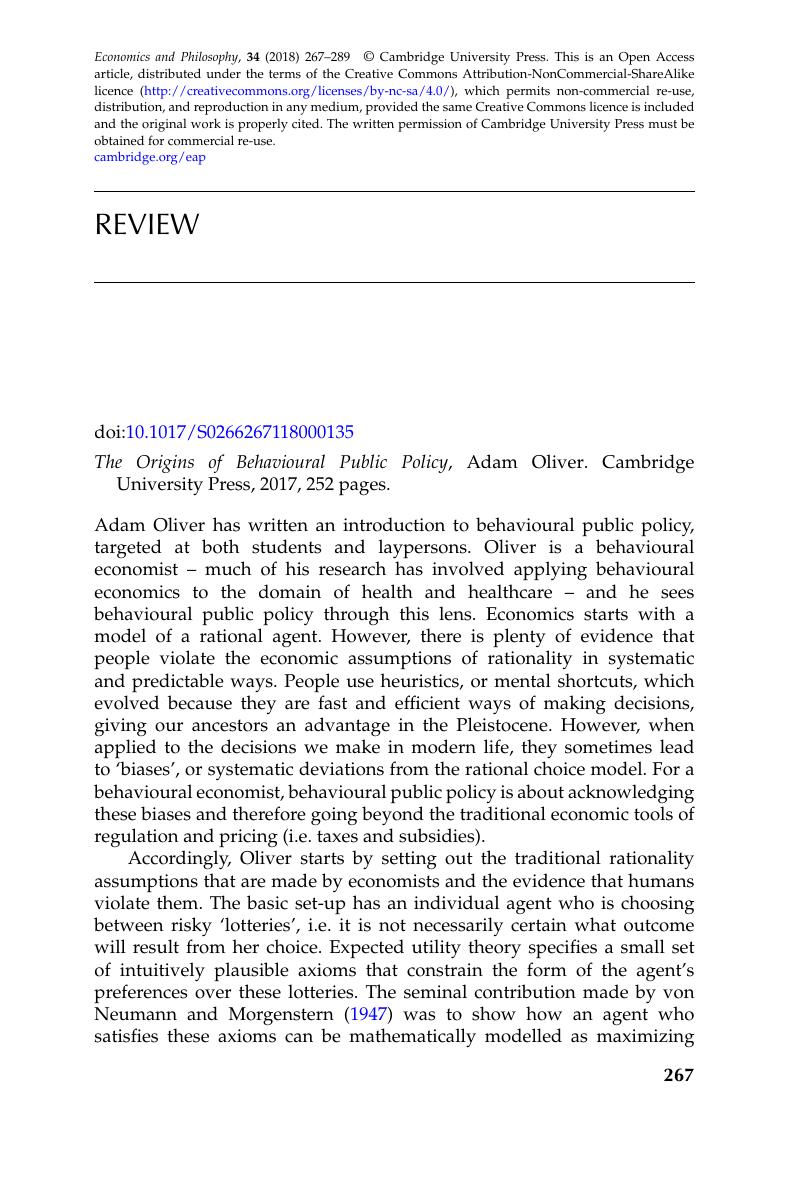Crossref Citations
This article has been cited by the following publications. This list is generated based on data provided by Crossref.
GOLD, NATALIE
LIN, YILING
ASHCROFT, RICHARD
and
OSMAN, MAGDA
2023.
‘Better off, as judged by themselves’: do people support nudges as a method to change their own behavior?.
Behavioural Public Policy,
Vol. 7,
Issue. 1,
p.
25.



